I need to get a list columns used in select statment, join, where and order by in query from 'show execution plan xml' in SQL Server into a table.
Eg query:
Select a.id, a.name, a.gender, a.marks, b.address
From #temp a
Inner join #temp1 b
On a.id=b.id
Where id=1
Output should be:
Select- id, name, gender, marks(from #temp)
Address(from #temp1)
Join - id
Where- id
All together into a table.
